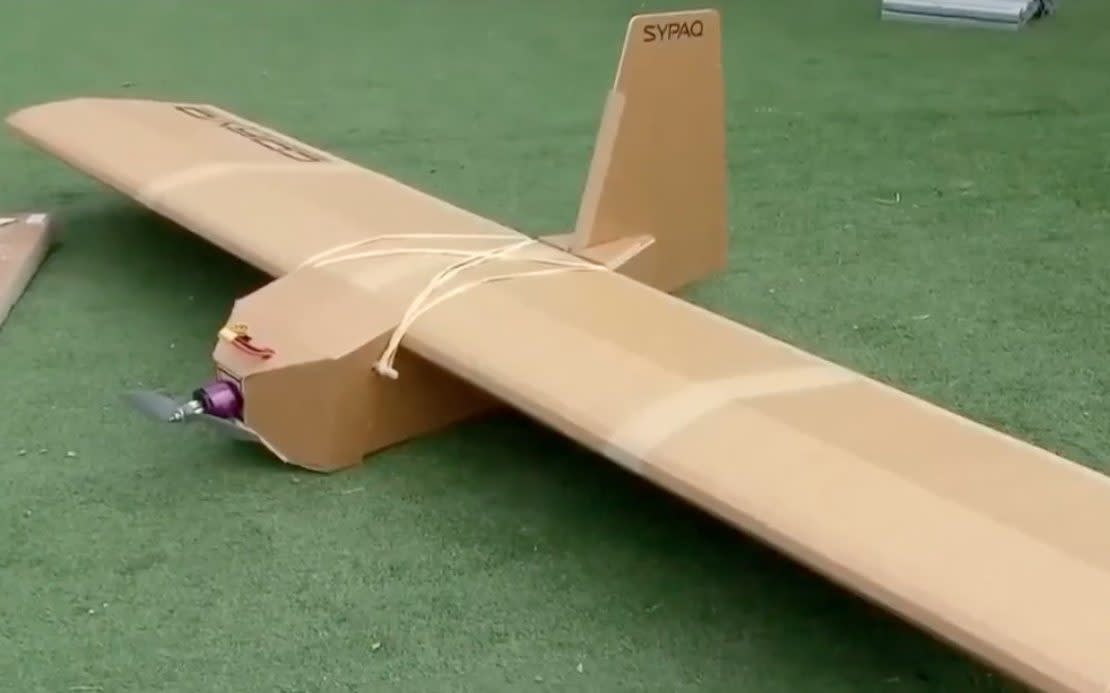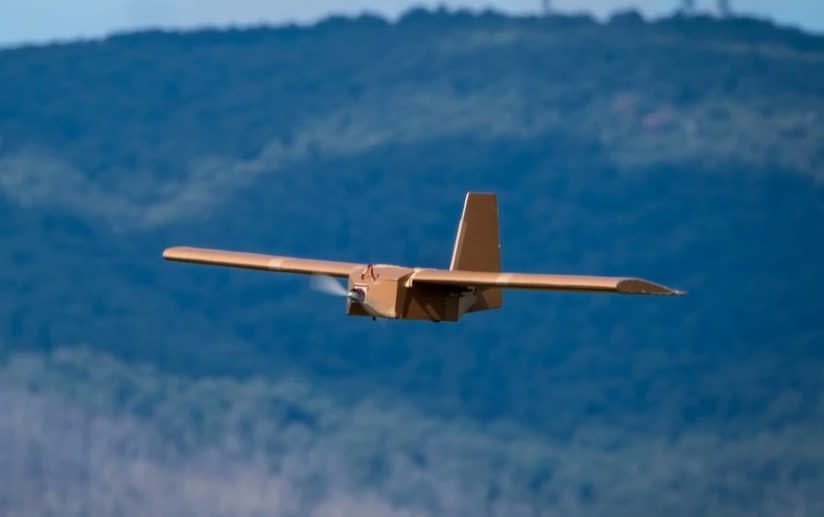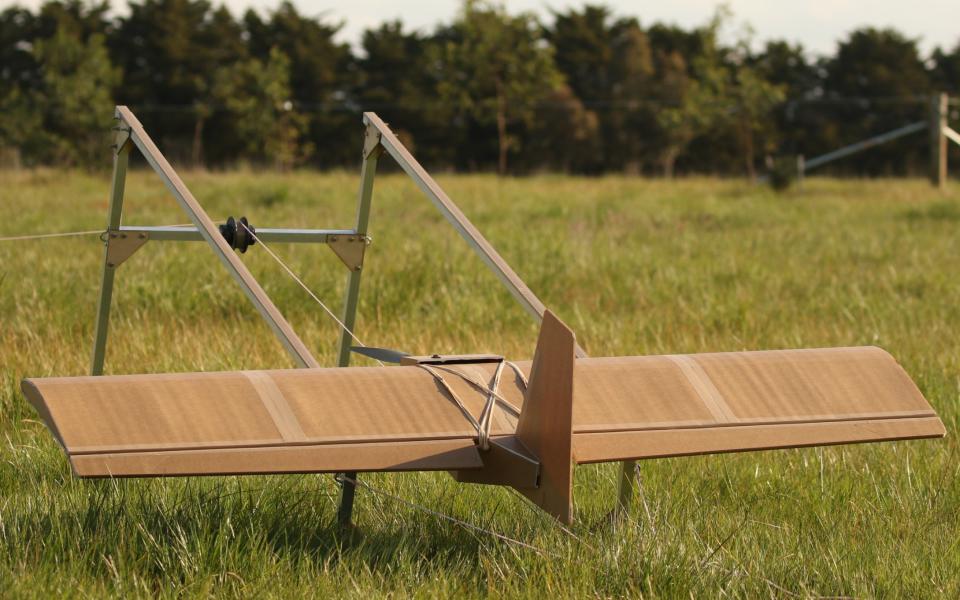Ukraine uses flat-pack drones to strike Russian military planes

A cardboard drone that its makers claim is easier to build than an Ikea flatpack has reportedly destroyed at least four Russian planes.
Ukraine’s Security Service (SBU) said a Mig-29 and four Su-30 fighter jets were hit during an attack last weekend on Kursk airfield in western Russia.
Two Pantsir missile launchers and the radar of an S-300 air defence system were also thought to have been damaged in the strike.
An unnamed SBU officer said 16 drones had been launched at the target. Three were shot down in the attack which was acknowledged by Russia’s defence ministry.
The drones, which arrive in flat-pack form and cost just $3,500 (£2,750), have been in Ukrainian hands since March, after the Australian government promised Kyiv 100 such aircraft a month in a deal worth $20 million (£15.7 million).
That is not a bad return on investment, given the damage they inflicted on the Kursk military airfield.

They may even have been involved in Tuesday night’s attack on six military locations inside Russia, including the military airbase at Pskov, a stunning medieval city close to the Estonian border.
After a slew of such attacks in recent weeks, attention has turned to Russia’s air defence network once again as military chiefs try to understand how drones keep getting through.
One possible reason is that the air defence is simply not there. These most valuable assets may have been stripped out from locations considered safe by the Kremlin, in order to bolster forces deployed in Ukraine.
That may be so, but there is another reason why aircraft made from waxed cardboard or lightweight foldable foam can get past the most modern air defence radars.
The secret lies in what happens when that foam or cardboard exterior is painted by radar waves.
Radar – or radio detection and ranging – uses radio waves to determine a target’s position, angle and speed.
In military use, a transmitter will send out these radio waves hoping they will hit the sharp edges and flat surfaces of an enemy fighter jet, for example.
The radio waves will then be reflected back to Earth where they can be picked up by a receiver, sometimes co-located with the transmitter but often, for safety reasons, positioned well away.

However, if the enemy aircraft is covered with special radar-absorbent material or the shape of the aircraft is such that the radio waves transmitted from Earth are deflected in directions other than straight back to the receiver, the resultant signal presented to the air defence computer will be miniscule.
Nothing flying in the sky – man-made or natural – is totally invisible to radar, but modern stealth jets are thought to offer radar returns akin to a flock of birds, and no air defender is likely to fire expensive missiles at a murder of crows.
With a wingspan of a little over 6ft, the aircraft is small and the foam or waxed cardboard construction will be far less responsive than metal to any radio waves transmitted from below.
It may be considered heresy in some military quarters, but by this logic the cardboard drones currently causing so much havoc in Russia should be counted as the latest additions to the global military family of stealth aircraft.

